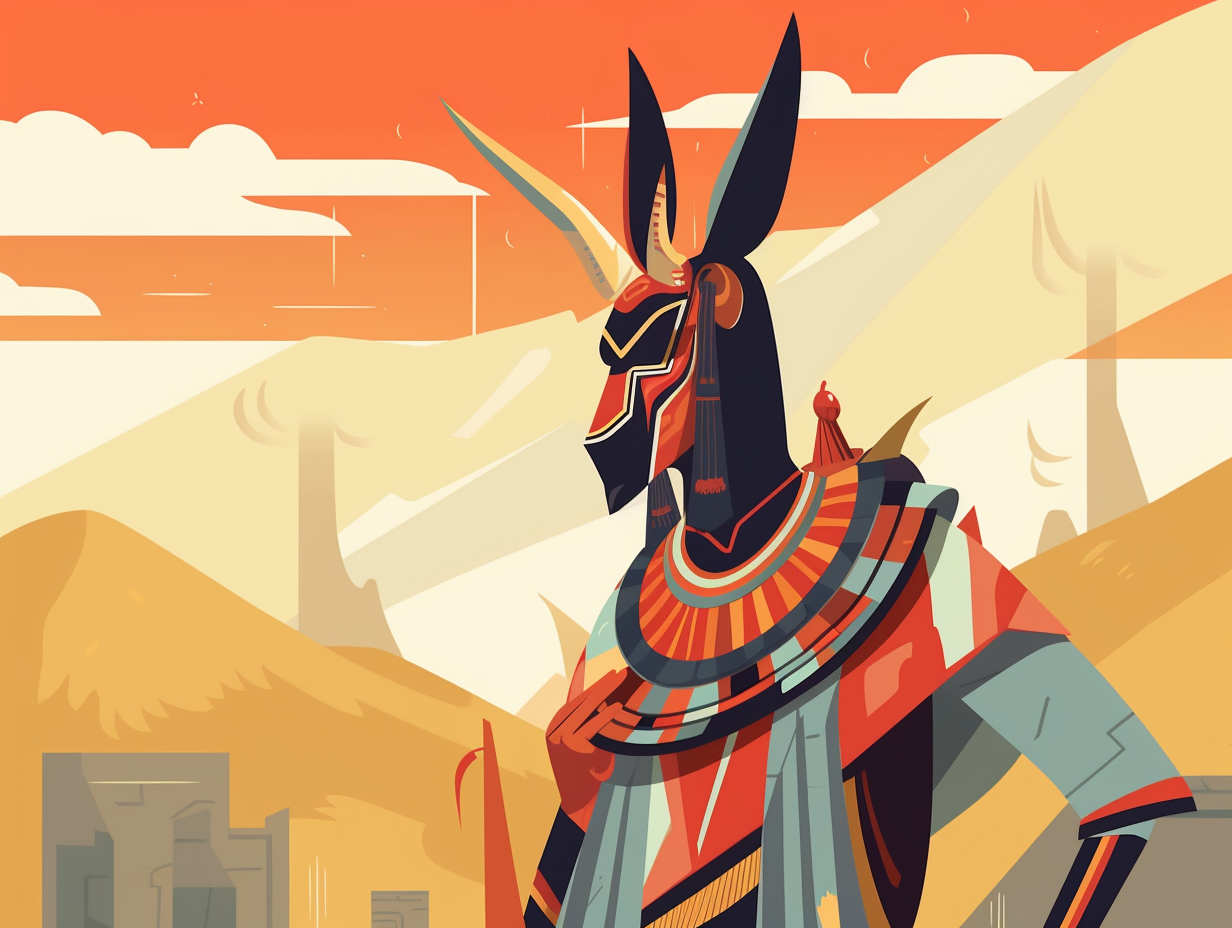Top 12 Entertaining Fun Facts About Pharaohs You Never Knew!

1. Cramped Pyramid Living
Did you hear the one about the mummy who couldn't find space in his own pyramid? Turns out, he could barely get into his King's Chamber: The Great Pyramid of Khufu, the tallest of the three pyramids in Giza, surprisingly has very little open space inside, consisting of about 2.3 million blocks of limestone. While the King's Chamber houses Khufu's sarcophagus, it's lined with enormous granite blocks and has no hieroglyphics on its bare walls. The Queen's Chamber is also mysteriously empty, and scientists continue exploring hidden tunnels and compartments in their quest to uncover the pyramid's enigmatic secrets.
Source => britannica.com
2. Pharaoh's Fly-Repellent Slaves
Fighting flies like a pharaohgle: Pharaoh Pepi II ensured a buzz-free zone by having his slaves coat themselves in honey, attracting the winged nuisances away from his royal presence.
Source => ancient-origins.net

Did you know that the "pharaoh of sunscreen" Franz Greiter invented the sun-defending Glacier Cream in the 1930s, introducing the world to SPF and revolutionizing sun protection? Discover how this invention led to a multi-billion dollar industry! 🌞💡
=> Fun Facts about Egypt
3. Afterlife Hide-and-Seek
In a true case of "Can't touch this, Tutankhamun style", ancient Egyptian pharaohs took playing hide-and-seek in the afterlife to a whole new level: Hidden royal tombs were filled with astounding artwork, inscriptions, and sometimes even the pharaohs' organs in canopic jars, all adorned with detailed amulets and jewelry to guarantee a well-dressed entrance to the realm of the dead.
Source => en.wikipedia.org
4. Ptolemy XIII's Tragic Dynasty Dynamo
Talk about sibling rivalry gone overboard: Pharaoh Ptolemy XIII was a mere 11-year-old whippersnapper when he snagged the Egyptian throne, only to end up crossing the river Styx instead of the Nile at 14, thanks to a lethal family feud with his sister Cleopatra stealing the show.
Source => en.wikipedia.org

5. Pharaoh's Hippo Hitman
In a series of unfortunate hippo-events, a pharaoh met his end: Pharaoh Menes, the founder of ancient Egypt's First Dynasty and uniter of Upper and Lower Egypt, is said to have been killed by a hippopotamus, although there's no concrete evidence to back up this claim. His legacy, however, stands strong as the first pharaoh to bring the two kingdoms together and lay the groundwork for one of history's most iconic civilizations.
Source => en.wikipedia.org
6. Ramesses II's Family Matters
Talk about keeping it in the family tree! Apparently, Egyptian Tinder wasn't a thing back then: Pharaoh Ramesses II had multiple wives, as many as 50 sons and daughters, and even sought political advice from his mother, Tuya, who played an essential role in international relations. Ramesses II, like many other pharaohs of his time, continued the tradition of marrying some of his daughters, while also taking on numerous notable consorts including Chief King's Wife, Nefertari, who held a special place in his heart... and monuments.
Source => touregypt.net
7. Ramesses III's Harem Conspiracy
When love goes awry with a hint of sorcery: Pharaoh Ramesses III found himself on the wrong side of an ancient Egyptian telenovela plot – the "Harem Conspiracy." In a tangled web involving secondary wife Tiye, sorcerers, and high-ranking officials, Ramesses III met his untimely end during his reign's economic downturn, with the masterminds ultimately facing the divine justice of death or forced suicide.
Source => owlcation.com
8. Akhenaten's Arty Aten Adventure
You could say Pharaoh Akhenaten was quite the "holy moly" artista, creating a religious revolution and putting a whole new spin on divine #neckflixandchill: During his reign, Akhenaten revamped Egypt's religion, making the Aten the starring state deity, played favorites with the gods, introduced an avant-garde elongated-necked artistic flair, and built the trendy new capital city of Akhetaten using talatat, the LEGO bricks of ancient Egypt.
Source => arce.org
9. King Tut's Heavy Death Mask
Before we had horror movies with masked serial killers, the ancient world had Egypt's golden boy with a two-layered gilded costume accessory: Tutankhamun's death mask, discovered in 1925 by Howard Carter, weighs over 10 kilograms and is adorned with precious stones like lapis lazuli, quartz, and carnelian. Hieroglyphs from the Book of the Dead are engraved on its shoulders, and you can catch a glimpse of this iconic relic at the Egyptian Museum in Cairo – no Hollywood premiere necessary.
Source => en.wikipedia.org

10. Tutankhamun's Enemy-Stomping Sandals
Who needs Louboutins when you can walk all over your foes in style? King Tut was literally stomping on his enemies with every step: In his tomb, they discovered numerous pairs of fabulous sandals made from gold, birch bark, vegetable fibers, gemstones, and leather, with some even having the soles decorated with imagery of vanquished foes. Talk about a fashion statement! Additionally, three pairs were designed with horizontal foot straps to support his clubfoot and other foot impairments, allowing him to strut like a true pharaoh.
Source => ancient-origins.net
11. Queen Tiye's Royal Equality
If there were a high school superlative for "Most Likely to Rule Side-By-Side with their Spouse As an Equal," ancient Egypt's Queen Tiye would have taken the crown: Wife to Pharaoh Amenhotep III, Queen Tiye wasn't content with being a mere spouse; she played a pivotal role as her husband's trusted advisor and was even portrayed in statues as the same size as him, challenging the norm of the time. This powerful lady's influence is believed to have inspired another Egyptian rule-breaker, her daughter-in-law Queen Nefertiti, who followed in her mighty royal footsteps.
Source => thoughtco.com
12. Akhenaten's Divine Genetics
They say beauty is in the eye of the beholder, but for Pharaoh Akhenaten, his royal looks were definitely a case of divine intervention - with a genetic twist: Akhenaten's elongated head and feminine features were likely caused by two genetic disorders, namely aromatase excess syndrome and craniosynostosis, as deduced by Yale researchers through art analysis. While no mummies of the pharaoh have been found, genetic tests on his relatives' mummies could confirm the diagnoses.
Source => medicine.yale.edu
Related Fun Facts




















